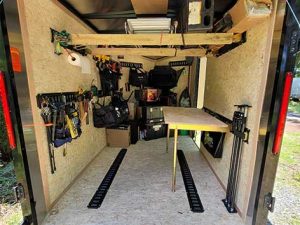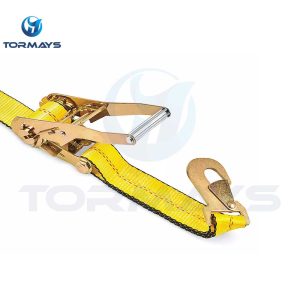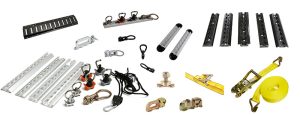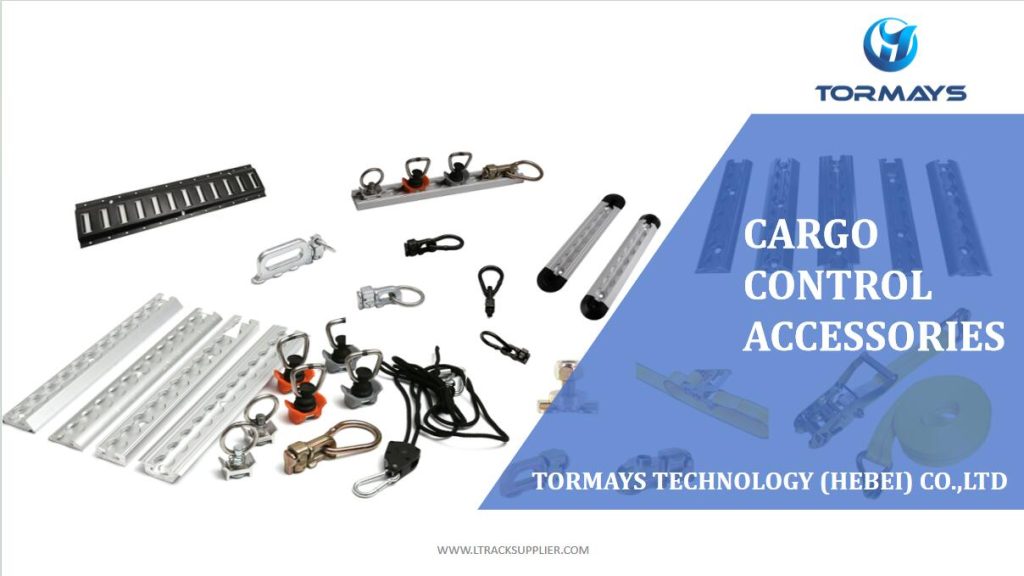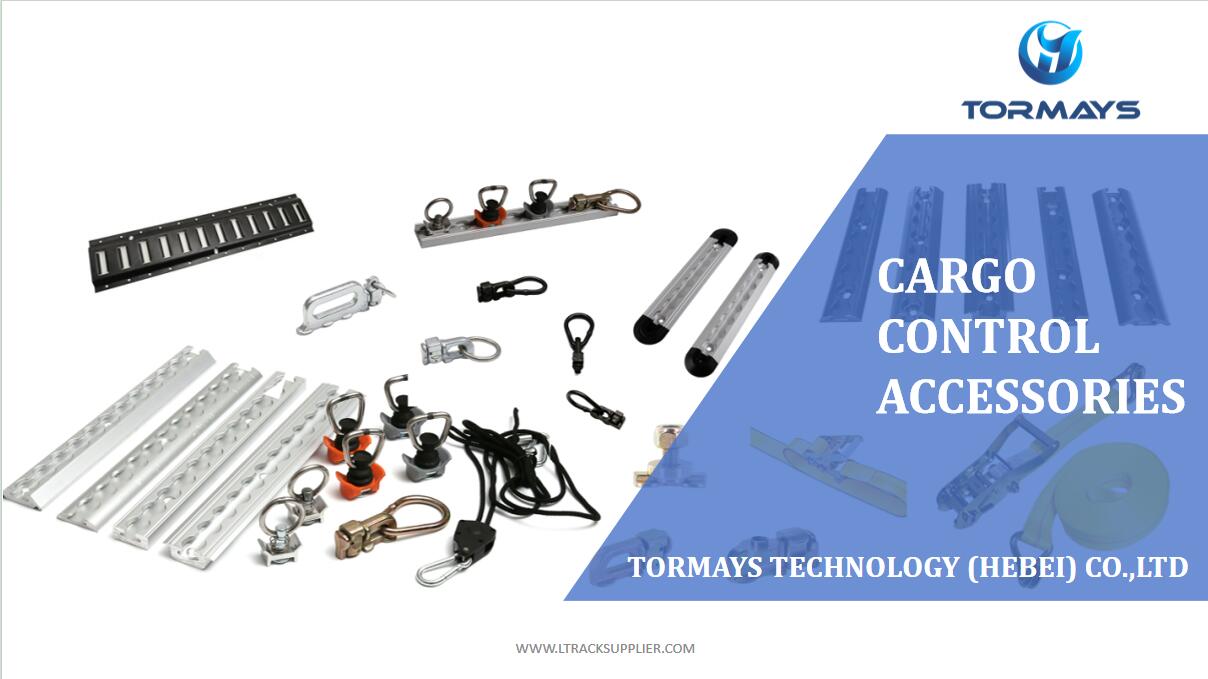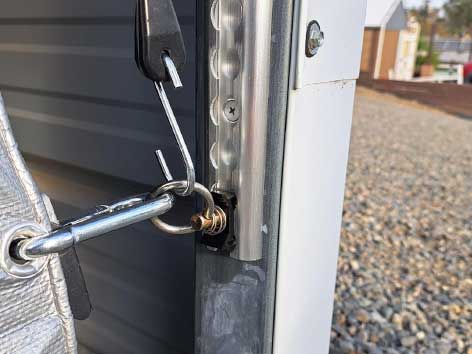 In an era where vehicle versatility is more critical than ever, the need for effective customization solutions has skyrocketed. Whether you’re managing a fleet of commercial vehicles or just looking to maximize your personal vehicle’s potential, flexibility is key. Enter the L-Track system—a groundbreaking solution that is revolutionizing how we approach vehicle customization. In this blog, we’ll explore what L-Track is, how it facilitates vehicle customization, its impact on vehicle flexibility, and its significance in the automotive industry.
In an era where vehicle versatility is more critical than ever, the need for effective customization solutions has skyrocketed. Whether you’re managing a fleet of commercial vehicles or just looking to maximize your personal vehicle’s potential, flexibility is key. Enter the L-Track system—a groundbreaking solution that is revolutionizing how we approach vehicle customization. In this blog, we’ll explore what L-Track is, how it facilitates vehicle customization, its impact on vehicle flexibility, and its significance in the automotive industry.
What is L-Track?
Definition: L-Track, also known as L-Channel, is a robust and adaptable mounting system designed to enhance vehicle functionality. Its fundamental design consists of a track with a series of slots that accommodate various fittings and accessories. This modular approach allows for easy customization and reconfiguration.
Origins and Development: L-Track systems were initially developed for aviation, where they played a crucial role in securing cargo and equipment in aircraft. Their durability and versatility quickly caught on beyond the aviation industry, leading to their adoption in commercial and off-road vehicles. Over time, L-Track has evolved, incorporating advancements that further enhance its flexibility and usability.
Applications: Today, L-Track is used in a variety of settings:
Aircraft: To secure cargo and equipment safely during flight.
Commercial Vehicles: For customizable storage solutions and efficient organization.
Off-Road Vehicles: To manage gear and supplies, especially in rugged environments.
How L-Track Facilitates Vehicle Customization
Modular Flexibility: L-Track’s modular design is its standout feature. It allows users to create a wide range of configurations to meet specific needs. For instance, in a delivery van, you can use L-Track to install adjustable shelves and dividers, transforming the space according to the type of cargo being transported. The ability to quickly swap out components means that one vehicle can serve multiple purposes.
Easy Installation and Reconfiguration: Installing L-Track components is straightforward and can be done with basic tools. Adjusting the setup is equally simple. For example, a service vehicle can be reconfigured from a basic storage layout to include specialized tool racks or workbenches with minimal effort. This flexibility is particularly valuable in scenarios where vehicle use needs to change frequently.
Wide Range of Accessories: L-Track supports a broad array of accessories, including tie-downs, shelves, hooks, and more. These accessories enhance the system’s utility and allow for further personalization. For example, a work vehicle can be fitted with custom shelving for tools and equipment, or a recreational vehicle can be equipped with hooks and racks for outdoor gear. The versatility of these accessories means that users can tailor their vehicle to fit their precise needs.
Enhancing Vehicle Flexibility with L-Track
Adaptation to Diverse Needs: L-Track excels in adapting vehicles to various uses. Whether you need a vehicle for transporting cargo, serving as a mobile office, or outfitting it for recreational activities, L-Track provides the flexibility to accommodate these needs. Real-life examples include RVs transformed into mobile workspaces or emergency vehicles modified to handle different types of incidents efficiently.
Improved Safety and Stability: A key benefit of L-Track is its role in securing cargo and preventing movement during transit. This stability is crucial for ensuring safety and meeting regulatory requirements. For example, securing heavy equipment in a commercial truck with L-Track reduces the risk of shifting loads, which can lead to accidents or damage.
Rapid Upgrades and Modifications: L-Track allows for quick updates to vehicle configurations, which is essential for adapting to changing demands. For instance, a vehicle used for various types of events can be rapidly reconfigured between setups for exhibitions, trade shows, or deliveries, minimizing downtime and enhancing operational efficiency.
Impact on the Automotive Industry
Cost-Effectiveness: Implementing L-Track systems can be cost-effective for both manufacturers and consumers. For manufacturers, the modular nature of L-Track simplifies the production process and reduces the need for custom modifications. For consumers, it offers a cost-efficient way to personalize and adapt their vehicles without extensive alterations or high costs.
Competitive Advantage: Manufacturers who integrate L-Track systems into their vehicles can differentiate themselves in the market. L-Track’s adaptability and ease of customization make vehicles more appealing to a wide range of customers. Brands that leverage this technology often stand out for their innovative solutions and customer-focused design.
Future Trends and Innovations: As the automotive industry continues to evolve, so will L-Track systems. Future trends may include further integration with smart technologies, enhanced modular designs, and new features tailored to emerging needs. These innovations will ensure that L-Track remains at the forefront of vehicle customization and flexibility.
Conclusion
In summary, L-Track systems offer significant advantages for vehicle customization and flexibility. Their modular design, ease of installation, and extensive range of accessories make them a powerful tool for adapting vehicles to diverse needs. The impact of L-Track on the automotive industry is substantial, providing cost-effective solutions, competitive advantages, and paving the way for future innovations.
Call to Action: If you’re interested in exploring how L-Track can enhance your vehicle’s functionality or if you’re considering it for your business needs, don’t hesitate to get in touch. For more information and resources on L-Track solutions, visit our website or contact us directly. Unlock the full potential of your vehicle with L-Track and experience the difference!

